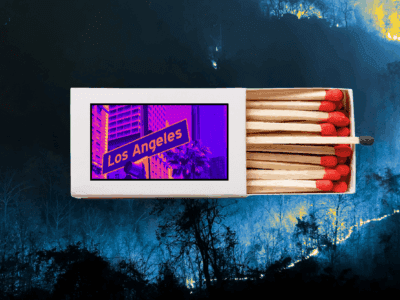Judicial “Smoke Signals” and the 111(d) Rule
In an earlier post, I suggested that EPA’s decision about how broadly to write the final version of the 111(d) rule might be affected by the Supreme Court’s decision in the pending UARG case. I made the suggestion without much explanation, and it apparently didn’t come across very clearly. So I thought it would be worth offering a brief clarification.
The Supreme Court has made it clear in two separate decisions that the Clean Air Act covers greenhouse gases such as CO2. Yet the statute wasn’t specific ally designed to address this problem. As a result, EPA must use some creativity in utilizing existing provisions of law. As a general matter, regulatory agencies have leeway in the interpreting the law under the Chevron decision, but the extent of that leeway is a bit fuzzy. The big question is how much creativity the courts will tolerate given the need to adapt the statute to a new problem.
That’s where UARG comes in. UARG involves a different provision of the statute, and there’s no direct link between the legal issues. But there are three possible outcomes in the case. The Court’s choice between them may be a signal of how much running room the Court will give EPA in dealing with climate change.
UARG involves the PSD provisions of the Clean Air Act. Without going into a lot of detail about the case, there are two different issues: First, do large emissions of greenhouse gases trigger PSD coverage? Second, even if they do not, once a source is covered for other reasons, does it also have to control greenhouse gases? There are several directions that the Court could go:
1. The Court could rule that greenhouse gases trigger coverage, and that sources covered for other reasons also have to control greenhouse gases. That’s how the lower court ruled in a well-reasoned opinion. But based on oral argument, the majority probably isn’t going to go that way.
2. The Court could rule that greenhouse gases don’t trigger coverage, but that sources covered for other reasons do have to control greenhouse gases. The language of the statute seems unusually clear in terms of the second point at least. The Court could find the first point appealing because it avoids the need to accommodate some serious practical problems from covering too many sources. EPA had another way of avoiding those problems, but that may be unappealing to the Court.
3. The Court could rule that greenhouse gases are completely outside the scope of PSD. That ruling would require the Court to essentially rewrite the statute in order to narrow it.
If the Court goes with Option 1, it will be sending a signal of strong support for EPA, especially following on the heels of EPA’s win in the EME Homer case. Option #2 is a fairly neutral signal. If the Court were to go with Option #3, however, it would be a bad sign for EPA. In terms of the politics, perceptions of EPA’s legitimacy are probably hurt by either of the last two options, but especially the third one. So depending on the outcome, EPA might decided to be more cautious (or less so) in the 111(d) rule.







Reader Comments